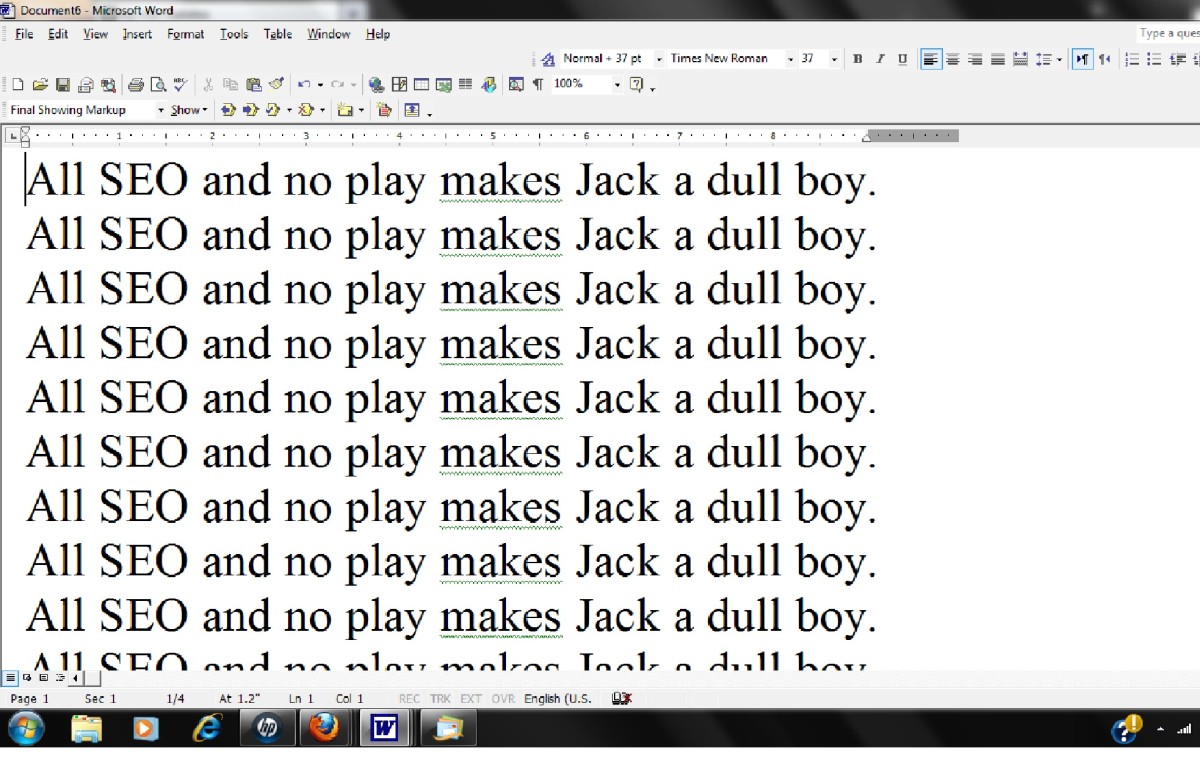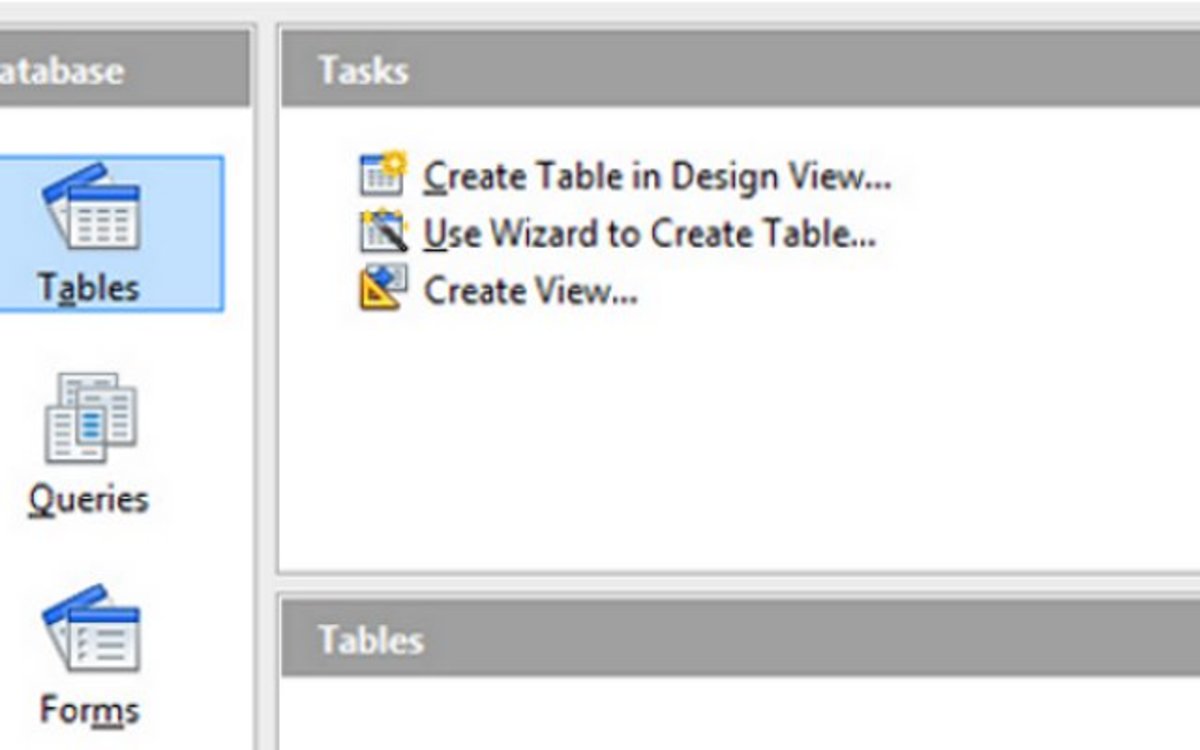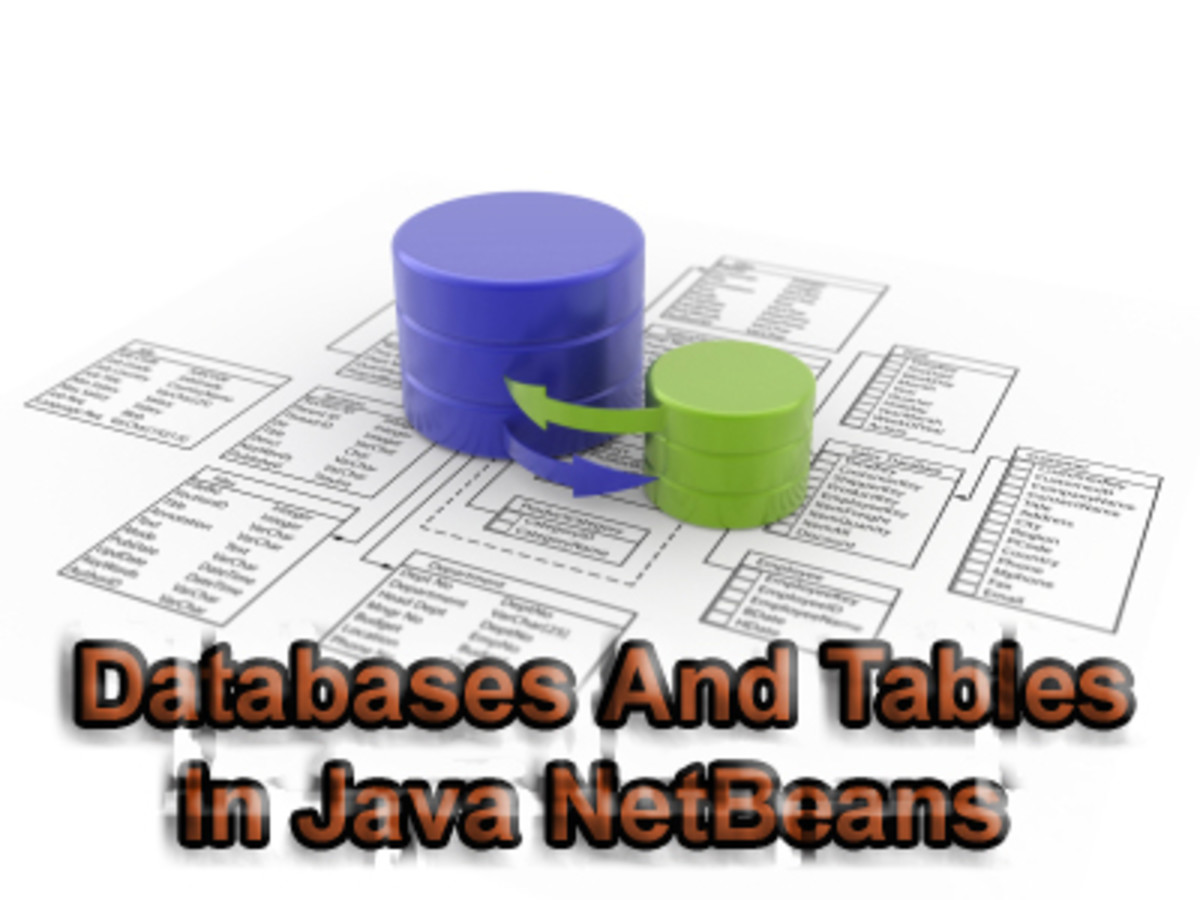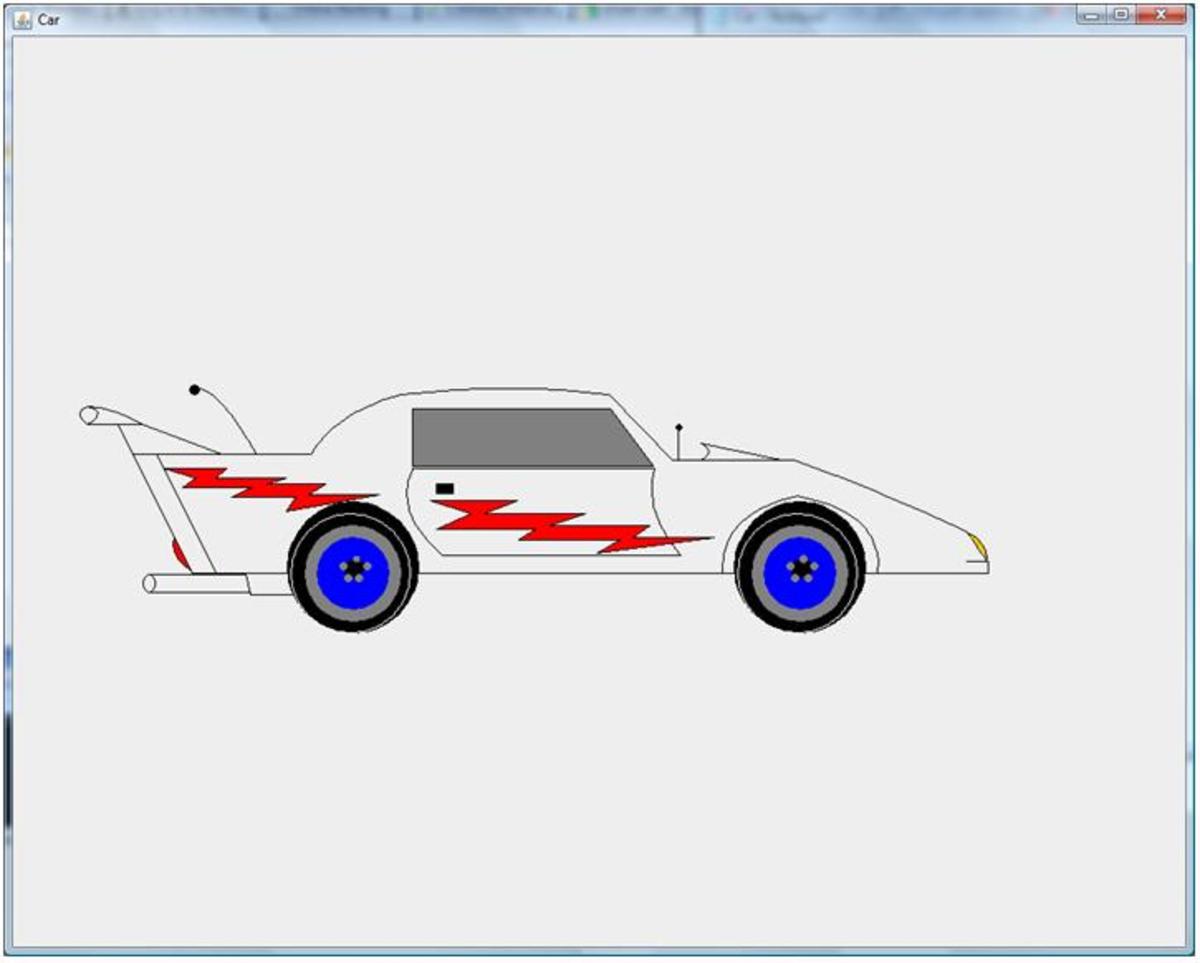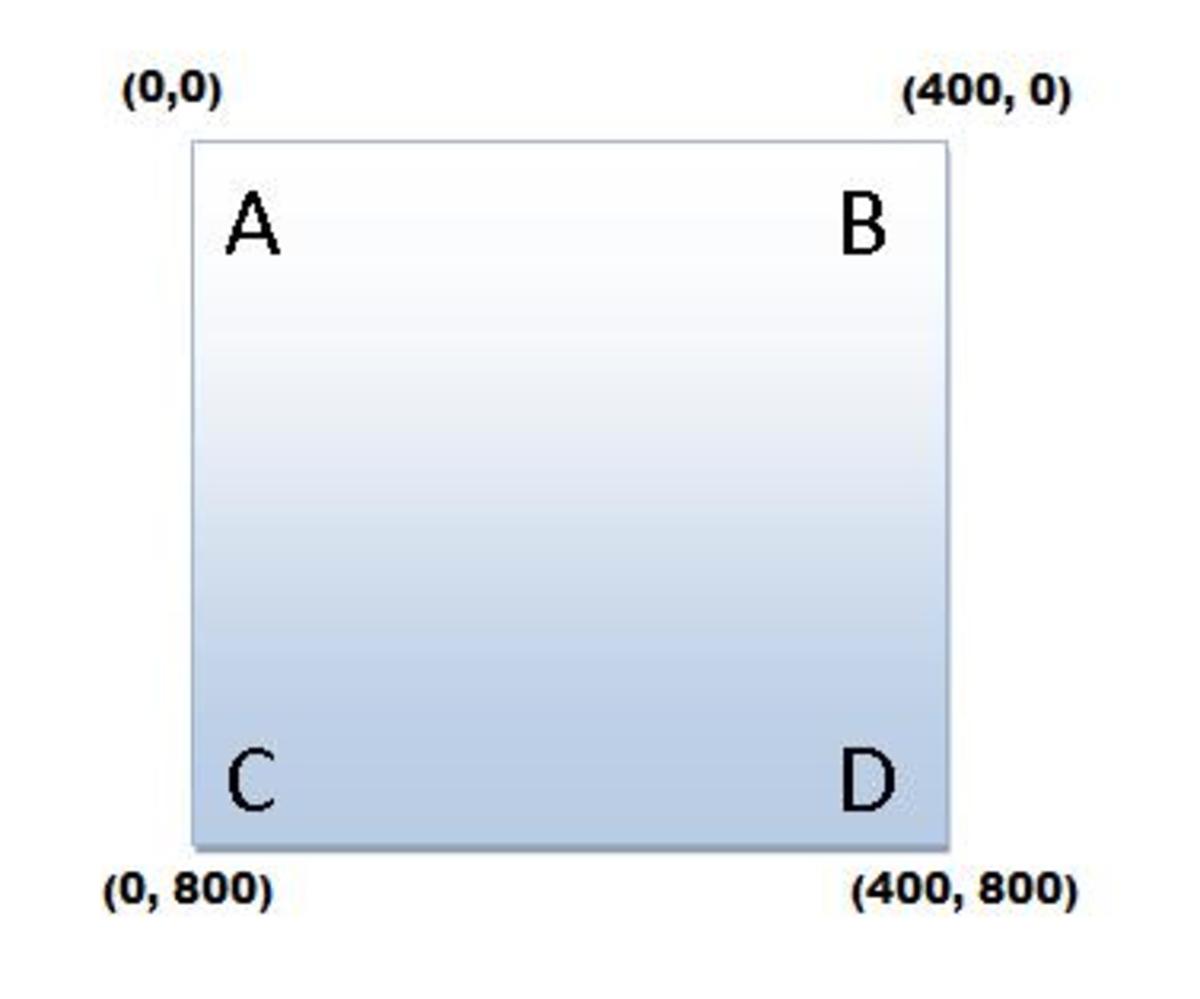- HubPages»
- Technology»
- Computers & Software»
- Computer Science & Programming
Search Engine Database Schemas
This tutorial is an extension to my tutorial on how to make a search engine
I'm going to explain the database schema of a basic web search engine. This is the fundamentals, you can add your own details for the special needs of your project.
Schema of Main Search Engine Index
The main index of the search engine is simple. It just maps key phrases to web pages including a score of how well the key phrase or keyword relates to that web page.
This is the exact schema I use at Secret Search Engine Labs for the main index
keywordid int(11)
pageid int(11)
score float
There is two indexes in this table. The first index is on keywordid and score, that's how me do searches by doing a select query on keyword id sorting on score.
The second index is on pageid and is only needed if you are going to do live updates to the index. When a page is re-indexed we first delete all entries for that page by doing a lookup on pageid. We then add the new data for that page.
At one time I had an index on keyword and pageid and updated the page-keyword information but after some testing it seemed to be significantly faster to just delete everything on a pageid index and then add the new data.
Alternative Method
The above index is great for doing updates on the fly, you can both search in the index and update the index at the same time. It's slow for doing searches though and the following method can be used to speed it up if you don't need real time updates od the index.
To speed up searches, you need to be able to fetch everything related to a single keyword really fast. This can be done by making a separate database row for every keyword with only a big text field that holds the page-score information in a list format.
keywordid int(11)
scores text
The data in the scores field will include all the socres for that keyword as a pageid=score;pageid=score;pageid=score; string and even though this may seem inefficient at first it's a lot faster to read the data from disk sequentially than to look up every pageid=score from a separate row in the database.
The drawback here is that you have to maintain two indexes. The first one for building and updating the index and the second one, which is generated from the first one, for doing the searches.
Using Files for the Search Index
The second index can also be done using files, by creating one file per keyword. You make the keyword your filename and put the pageid=score;pageid=score; data inside the file.
By using the keyword for filename the filesystem will be your index. This means if you have more than a couple of thousand keywords you need to split them up into separate directories as most filesystems starts to slow down if you have too many files in the same directory.
The Keyword Table
The main index have a field named keywordid. This maps into the keyword table where all keywords and keyphrases are stored.
This is a somewhat simplified version of the database schema used over at the lab.
keywordid int(11)
keyword varchar(50)
This simply maps written keywords, like "fish", and keyphrases, like "New York" to an id. Using the id instead of the keyword in the main index makes it a lot smaller, especially for long keyphrases like "social bookmarking sites"
Over at Secret Search Engine Labs I use two additional fields for registering how many words are in the keyphrase 1-4 and how many times the keyphrase exists in the index. This information is used for statistics and for some of the filtering algorithms but is not needed for a basic search engine.
The Page Table
The main index also has a field named pageid. This, as you probably guessed maps to information about a single webpage in the pages table.
Here's the page table database schema abbreviated:
pageid int(11)
urlid int(11)
title varchar(70)
descr text
fdate int(10)
finterval int(11)
The pageid is the id used in the main index and in the links table to identify a page. urlid is just and index into a table containing all urls. title and descr is used together with urlid to create the entry for the page when displaying a search engine results page SERP.
fdate is the time and date of last page fetch and finterval tells us how often to fetch the page. These field are used to trig refetches of pages.
At the lab I also cache some data about the page that could be generated from the other pages. It's just so much faster, when displaying info about a page, to just read the info instead of doing several data intensive queries.
The Links Table
To be able to score pages well you have to use anchor text from external links. That means I have to keep a table with links between pages.
Here's the database schema for the links table with the more obscure fields left out
linkid int(11)
urlid int(11)
anchor varchar(80)
spage int(11)
dpage int(11)
Every link has a source page, spage, which is the page where the link is located and a destination page, dpage, which is the page you will land on if you click the link.
Anchor text, anchor, is recorded for every link and is used by the ranking algorithm when building the index.
The url is not necessarily needed in the links table by is currently used by my link parser as the unique id to separate on link from another and that's why it's included.
There is three indexes on this table, on linkid, on dpage and on spage. We need to lookup a link from its id of cource, then we need to find all inbound links to a page, using dpage and we need to be able to find all outgoing links from a page by querying spage.
Other Tables
In the database we use at the lab there is a couple more tables for specialized functions. There's a sites table where the robots.txt file and cookies are cached, there's a fetchqueue table where pages are waiting in line to be fetched from the web, there's tables for configuration, for filters and for keeping track if new urls that someone want's added to the index.
Most of this is basic data management and not so much high fly search data so I'll leave it for a later tutorial.
Your questions and comments are most welcome in the comments section below! If there is interest I'll add more information to the tutorial.


